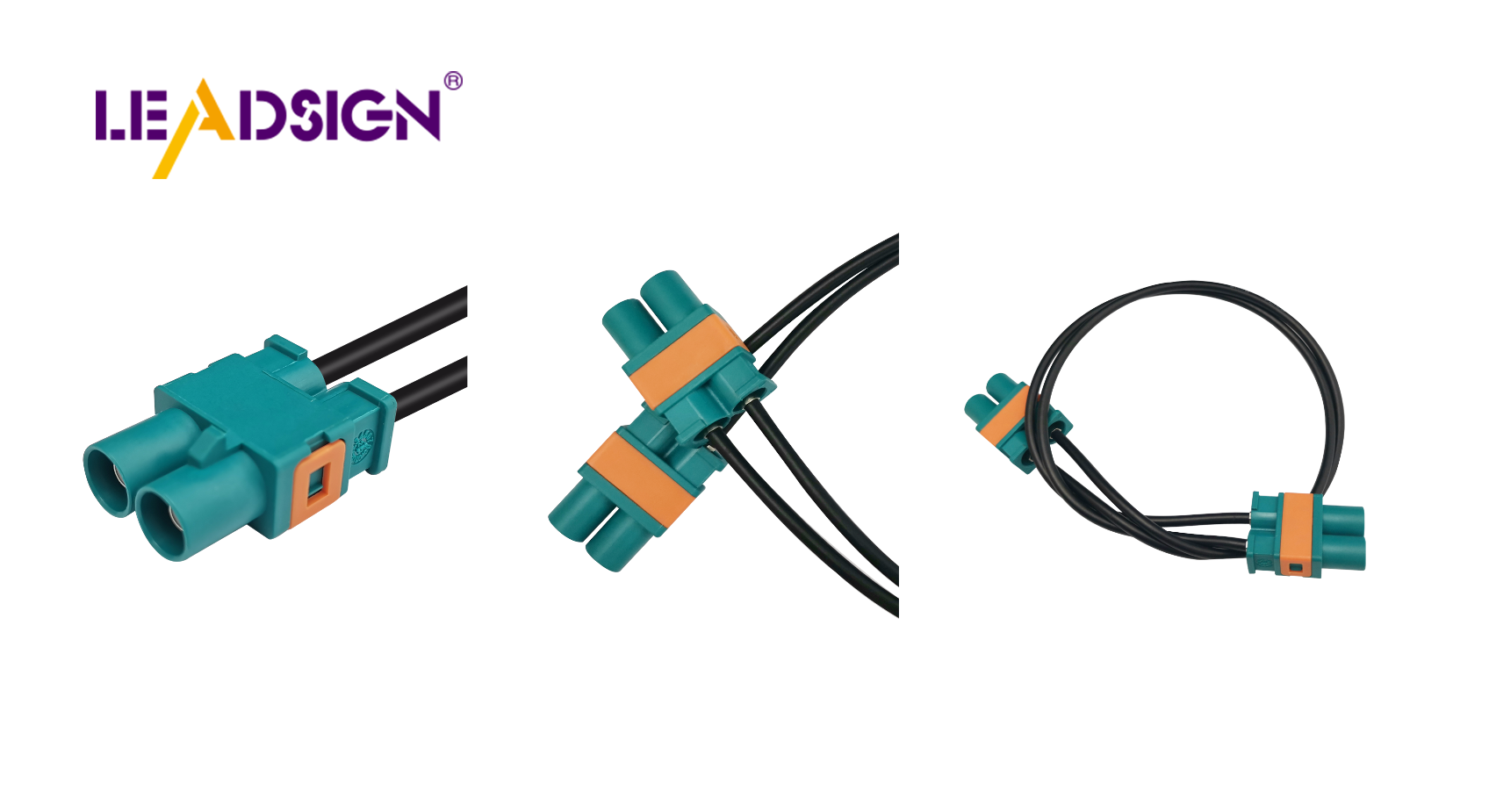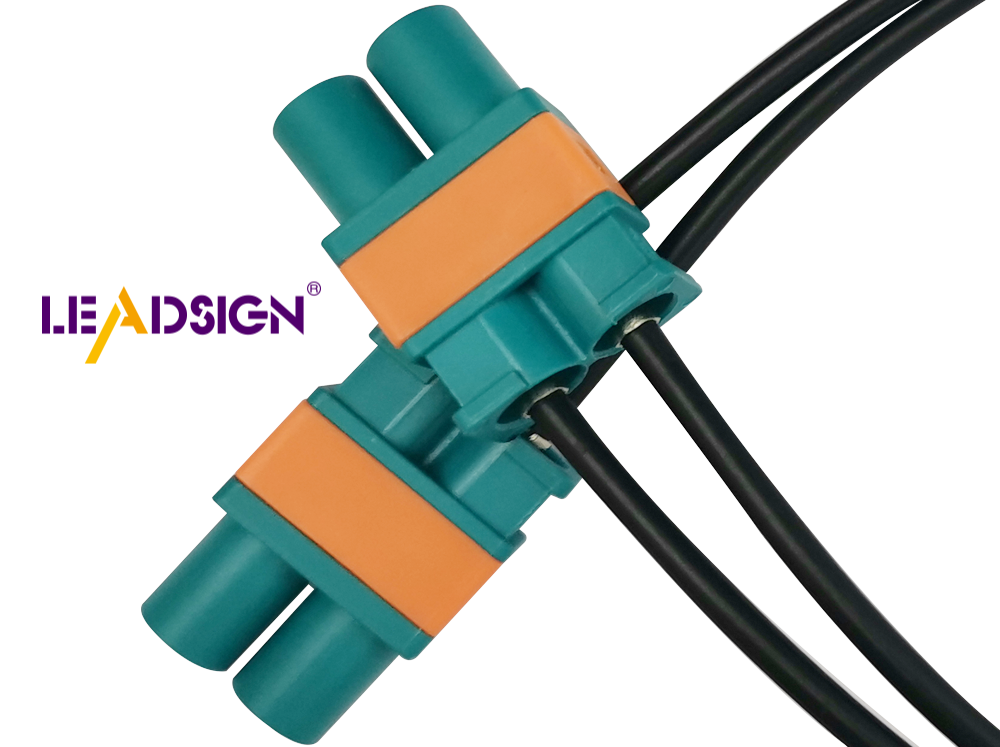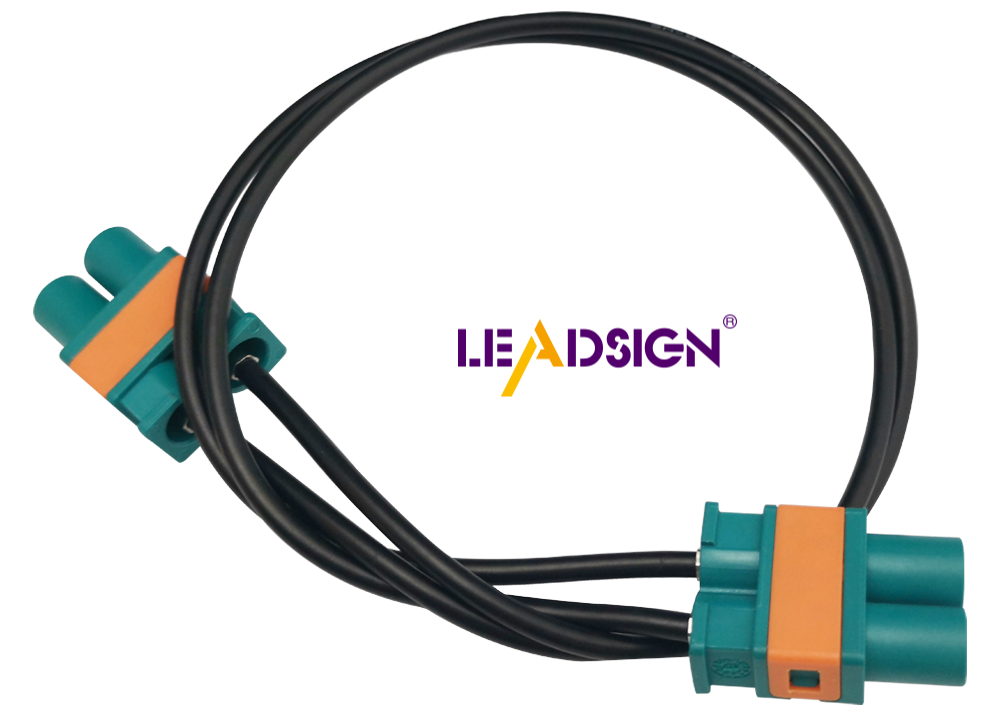Exploring Coaxial Cables: What They Are and Coax Cable for Sale

Coax cables are important in today's technology. They have a center wire, an insulating cover, a metal shield, and an outer layer. These parts help send signals without much interference. We use coax cables for fast data transfer. This is important as networks grow to support new tech like 5G. The need for these cables is rising, especially in growing countries with new infrastructure. Coax cables provide steady and fast transmission of voice, data, and video signals. They are very important in our digital world today.
Understanding Coax Cables

What is a Coax Cable?
Definition and Basic Structure
A coax cable sends radio signals. It has four main parts: conductor, insulator, shield, and jacket. The conductor, often copper, carries the signal. The insulator stops signal loss. The metal shield blocks outside interference. The outer jacket protects from damage. This setup helps coax cables send signals well with little interference.
Key Components: Conductor, Insulator, Shield, and Jacket
Conductor: Copper core that moves the electrical signal.
Insulator: Material around the conductor to stop energy loss.
Shield: Metal layer that keeps out other signals.
Jacket: Outer cover that protects inside parts.
How Coax Cables Work
Signal Transmission Process
Signals move through the conductor in the middle of coax cables. The insulator keeps signals inside; the shield blocks outside ones. This lets them carry data far without losing much quality. They are good for TV, internet, or communication systems.
Importance of Conductor Separation
Keeping the conductor apart from the shield is key. It makes sure signals stay in and others stay out. This separation keeps transmission quality high. By isolating the conductor, coax cables work well for home entertainment or big telecom networks.
Types and Uses of Coax Cables

Different Kinds of Coax Cables
Knowing about different coax cables helps you pick the right one. Each type has special uses and benefits.
RG-6, RG-11, and RG-59
RG-6: This is the most used coax cable today. It's great for TV and internet because it handles high signals well. The RG-6 is thick and strong, good for long distances.
RG-11: For even longer distances, choose RG-11. It’s bigger than RG-6, so it loses less signal over long runs. This makes it perfect for outside or underground use.
RG-59: Best for CCTV and low signals, RG-59 is bendy and easy to set up. But it's not good for far distances since it loses more signal than RG-6 or RG-11.
Special Coaxial Cables
Some jobs need special coax cables. Hard-line coaxial cables are great for sending signals far with little loss. They’re used in cable TV networks, fast internet, and satellite talks. These cables are tough and can handle bad weather.
Common Uses of Coax Cables
Coax cables are key in many areas, making sure signals send well.
TV and Internet Links
You often use coax cables to hook up your TV and internet services. They give a steady link so you can enjoy clear video and fast web speeds. The RG-6 cable is often used here as it handles high signals well.
Telecoms and Networking
In telecoms and networking, coax cables carry data far away. They're used in big networks like business sites or apartment buildings. Coax cables are strong and easy to put in place, which makes them a top choice for medium data transfer networks.
Connectors and Adapters
Why We Need Connectors and Adapters
Connectors and adapters are very important for coaxial cables. They help connect devices and cables securely. This keeps the signal strong.
Making Sure Connections Are Secure
To have a good connection, use the right connectors. They help signals move smoothly between devices. A secure connection stops signal loss and interference. This gives you clear transmission. When connecting your TV or internet, use the right connector to keep signals strong.
Types of Connectors: F-Type, BNC, and RCA
Different connectors do different jobs. Pick one based on what you need:
F-Type Connectors: These are common in homes. You see them in TV systems. They work with RG-6 or RG-59 cables for TVs or cable boxes.
BNC Connectors: These twist to lock in place quickly. They're used in broadcasting gear because they connect easily.
RCA Connectors: Used for audio and video gear, like DVD players or old TVs, they have red, white, and yellow plugs.
Knowing about connectors helps your coaxial cables work best. Whether at home or using pro equipment, choose the right connectors for good signal quality.
Where to Buy Coax Cable
Finding the right coax cable is easy if you know where to look. You can find them online or in stores.
Online Shopping
Buying online is easy and offers many choices. You can check prices and read reviews before buying.
Popular Websites
Amazon: Amazon has many coax cables. They come in different types and lengths. Reviews help you pick the best one.
eBay: eBay sells new and used coax cables. You might find good deals here, especially if saving money is important.
Best Buy: Best Buy has electronics, including coax cables. Order online and pick up at the store if you want.
Special Electronics Stores
TrueCable: TrueCable focuses on coax cables and gives expert advice. They have special cables for certain uses.
Electro-Prep: Electro-Prep makes custom coax cables. If you need something unique, they can help design it for you.
Buying in Stores
If you like seeing things before buying, visit a store. Staff can help ensure the cable fits your needs.
Electronics Shops
Home Depot: Home Depot has various coax cables for home use, like TV or internet connections.
Lowe's: Lowe's sells coax cables and other parts needed for setup all in one place.
Telecom Suppliers
Wilson Amplifiers: Known for boosters, Wilson also sells coax cables with staff ready to help choose the right one.
Local Telecom Shops: These shops often have different kinds of coax cables for home or business use.
By checking these places, you'll find the perfect cable for your needs whether shopping online or in-store.
Coaxial cables are important in our digital world. They send signals well for things like TV and phones. When picking a coaxial cable, think about what you need it for, like the type of signal and how far it needs to go. This helps it work best. You can buy coaxial cables online or in stores nearby. Check places like Amazon or local electronics shops. Choosing the right cable makes your connection better and data moves smoothly.
See Also
Why FAKRA Coaxial Cables Matter in Automotive Use
Exploring the Advantages of FAKRA Coaxial Connectors
Harnessing the Strength of FAKRA Coaxial Connectors

